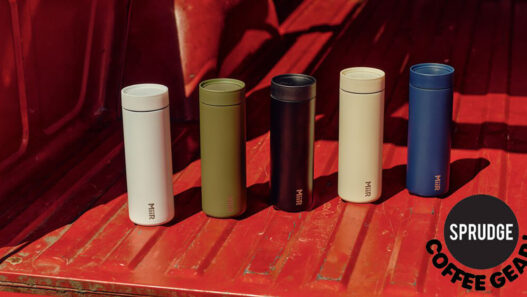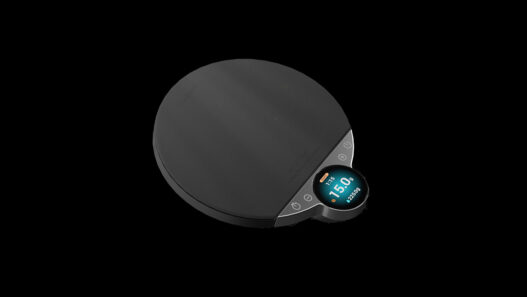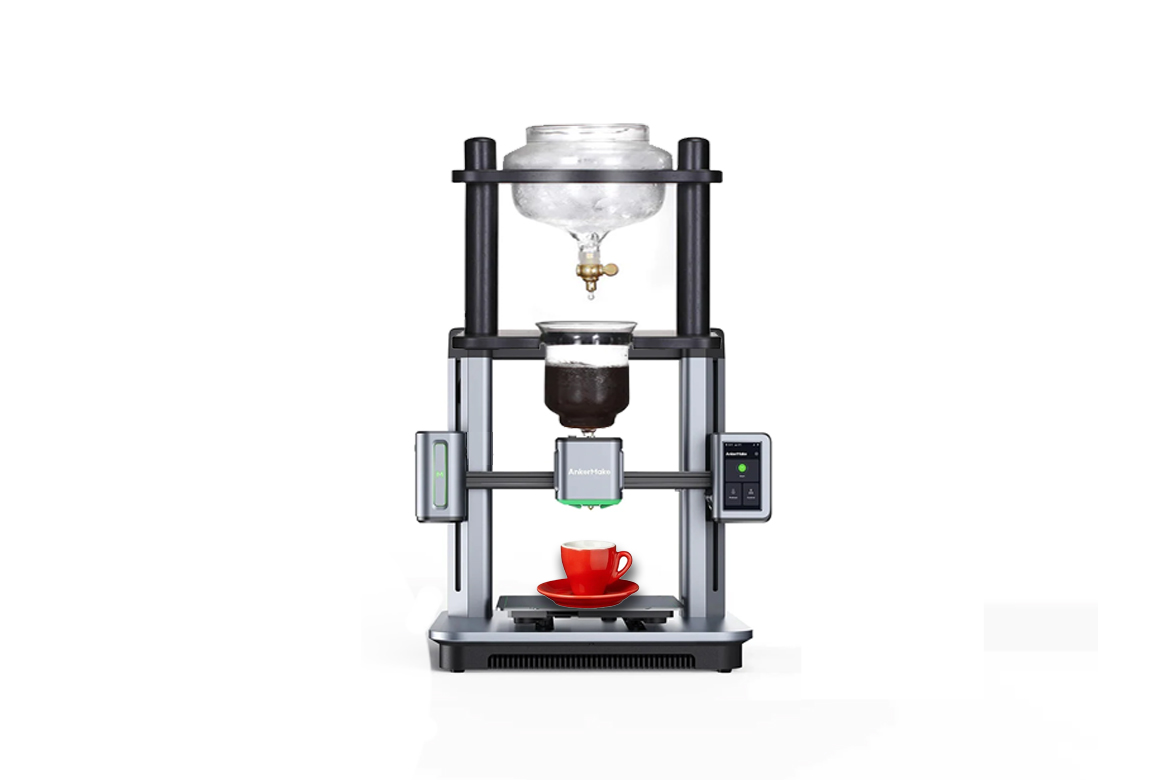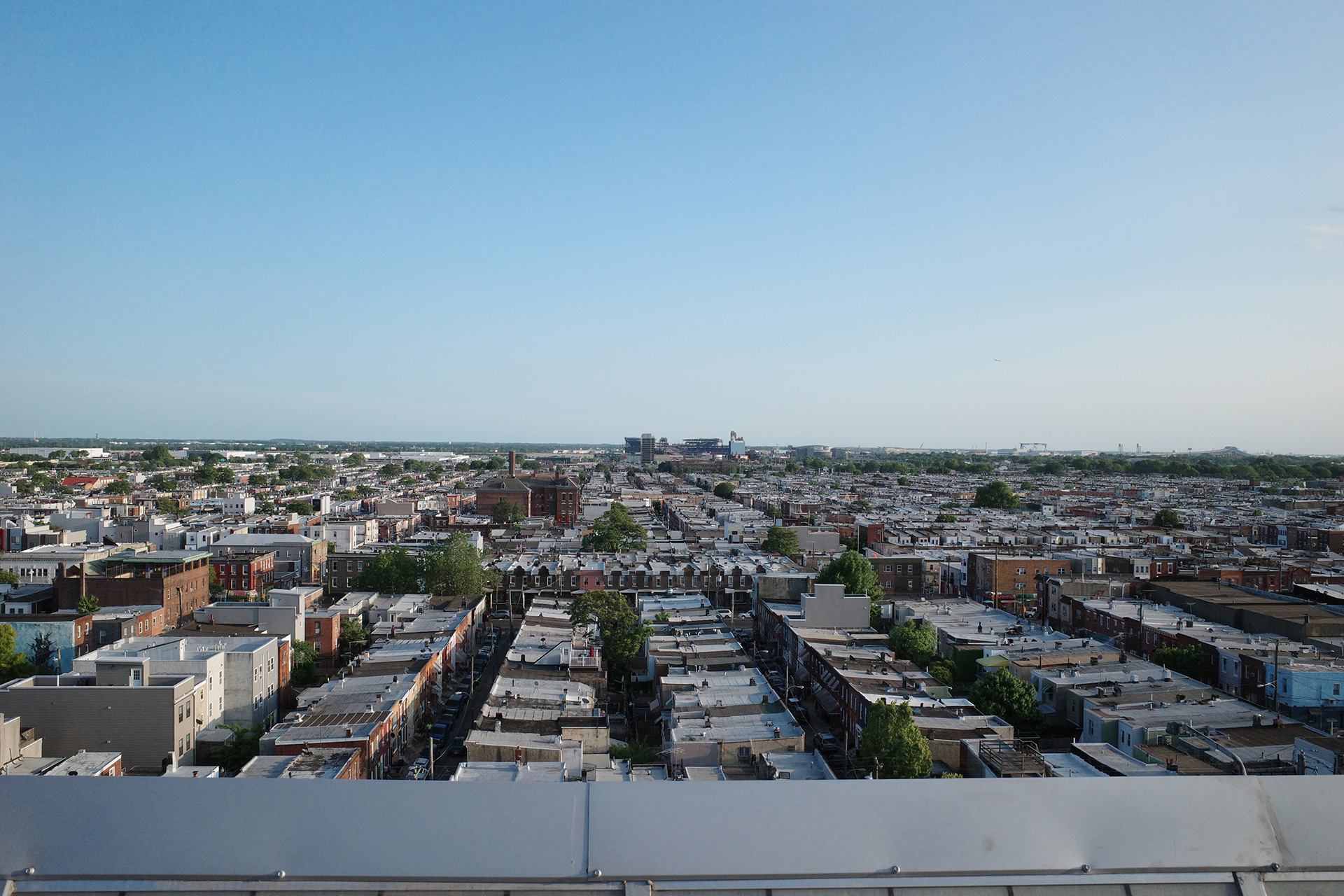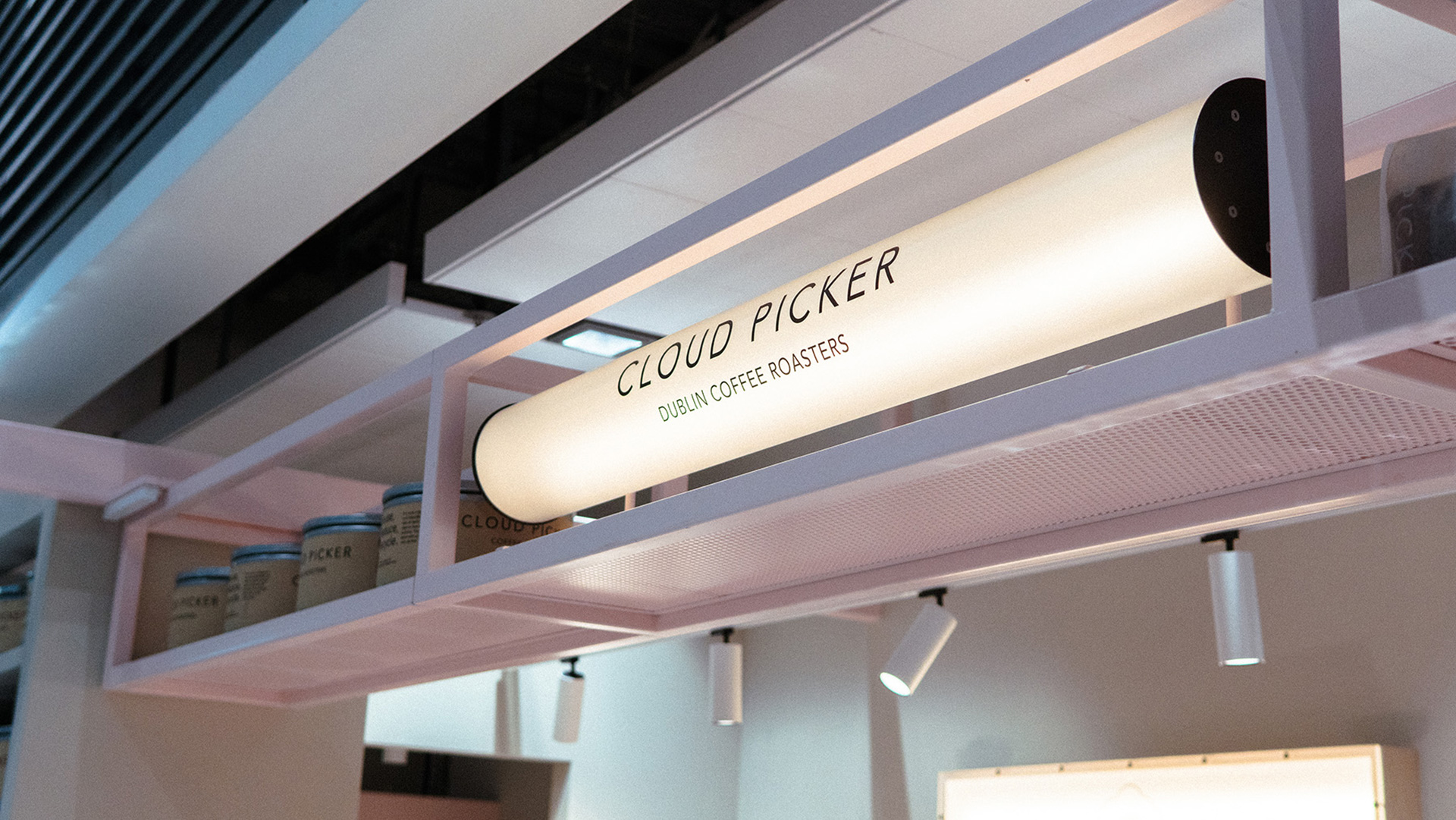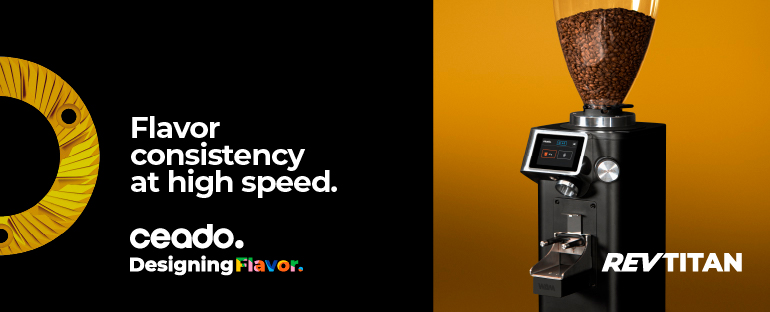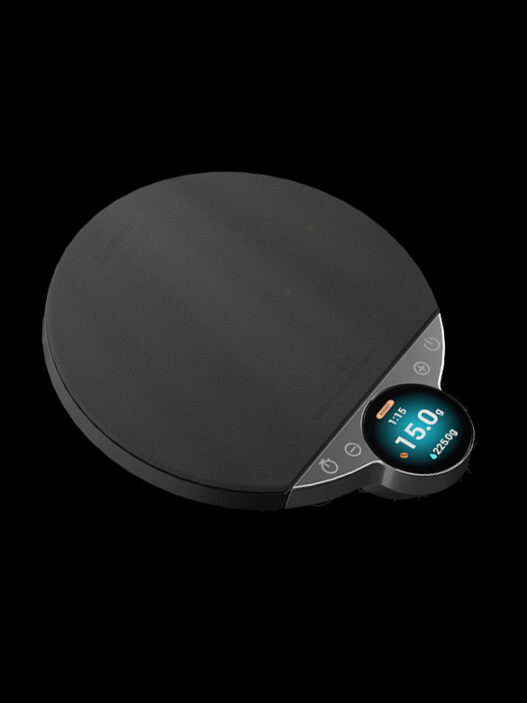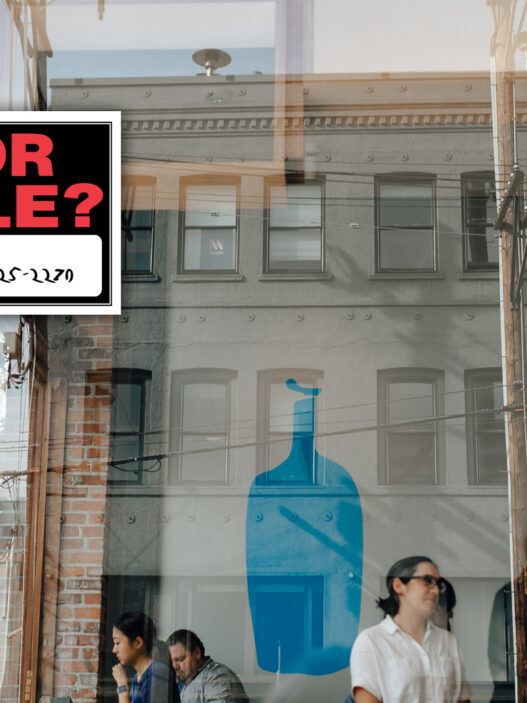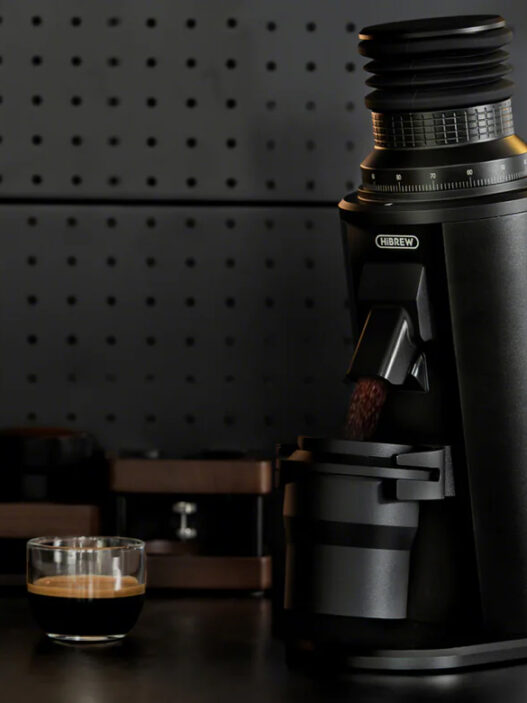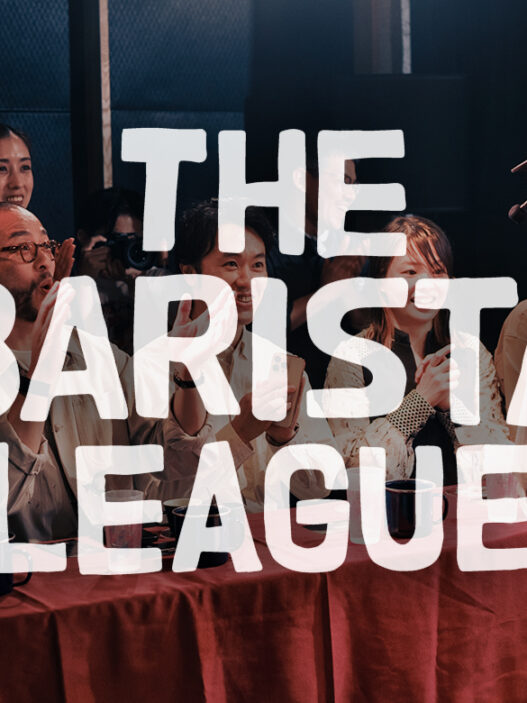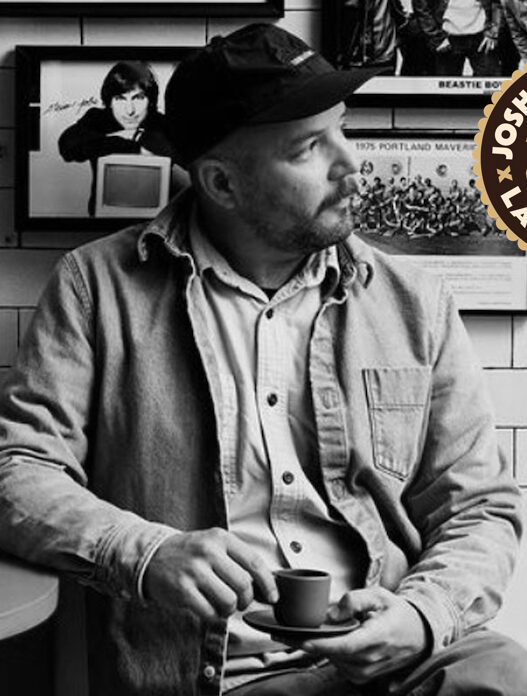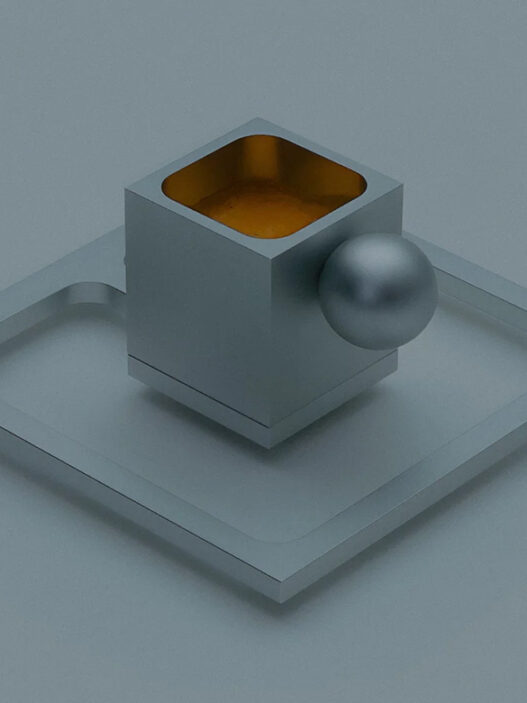3D printing is a fun hobby that allows folks to create all manner of things only limited by their own imagination. But it is often wasteful. Most filaments are one-time use and made of a thermoplastic, most commonly polylactic acid (PLA), which is theoretically compostable, though few composting facilities have the means of processing it.
That’s where coffee comes in. Researchers at the University of Colorado, Boulder have found a way to turn coffee grounds into 3D printer filaments, without the use of PLAs. And then you are done with whatever it is that you printed, you just toss it in the grinder and print with it again.
Headed up by Michael Rivera, an assistant professor at the Atlas Institute and CU’s Department of Computer Science, the project found a way to make a printable paste that, with a few modifications to the 3D printer, can be used by most consumer printers. The paste consists of a mixture of spent dried coffee grounds, water, and cellulose gum and xanthum gum, both of which are common food additives readily available online that break down easily as compost. “You’re pretty much shooting for the consistency of peanut butter,” Rivera states.
Then, when the substance dries and hardens, it becomes “about as tough as unreinforced concrete.” (But not coffee concrete, weirdly enough.) And the best part about the coffee butter printer paste is that once you are done with your printed item, you have a host of eco-friendly disposal options. You can easily compost it at home, or if you made a planter with it like Rivera did, you just put it, pot and all, into the ground. Or, you can toss it into the grinder to create a powder that can then be turned into more filament material.
We have seen coffee filaments for 3D printers in the past, but the ability to make and reuse your own, without any pesky PLAs, certainly constitutes an exciting development. “Our vision is that you could just pick up a few things at a supermarket and online and get going,” Rivera says. And yes, unlike with PLA-based filaments, you can make 3D print your own coffee cup.
Zac Cadwalader is the managing editor at Sprudge Media Network and a staff writer based in Dallas. Read more Zac Cadwalader on Sprudge.




